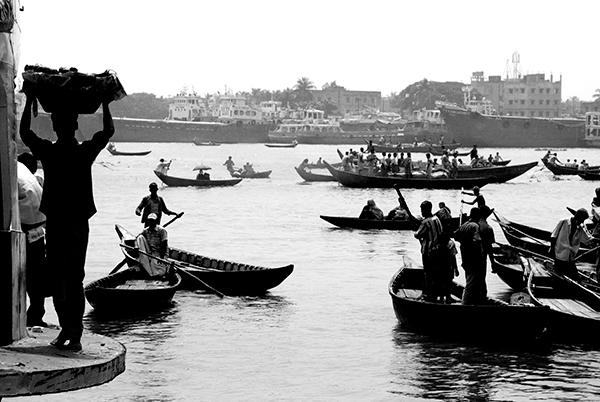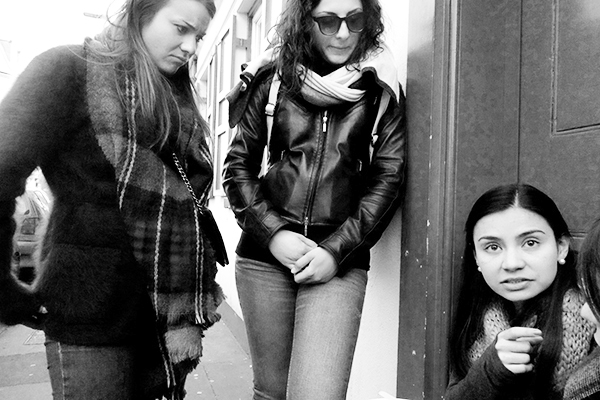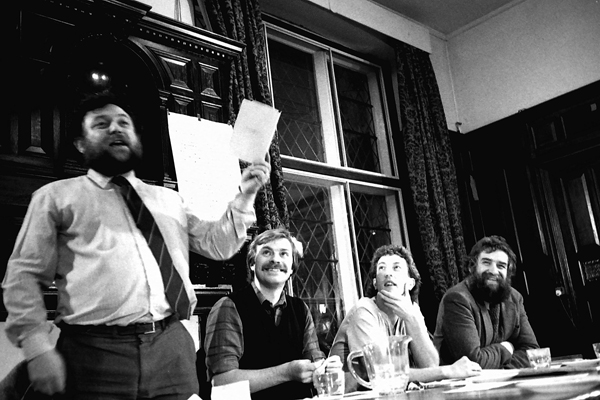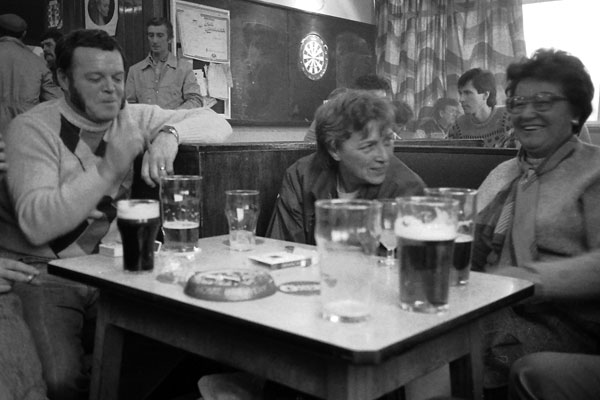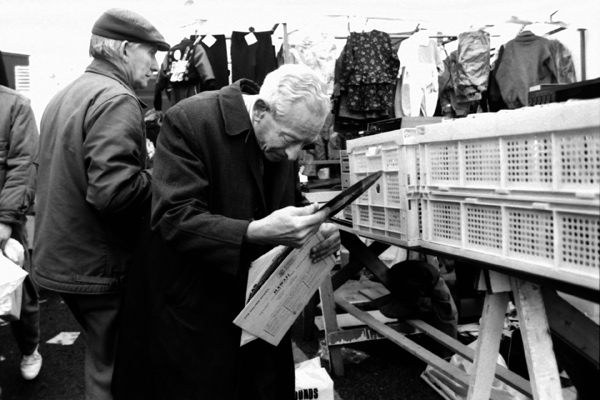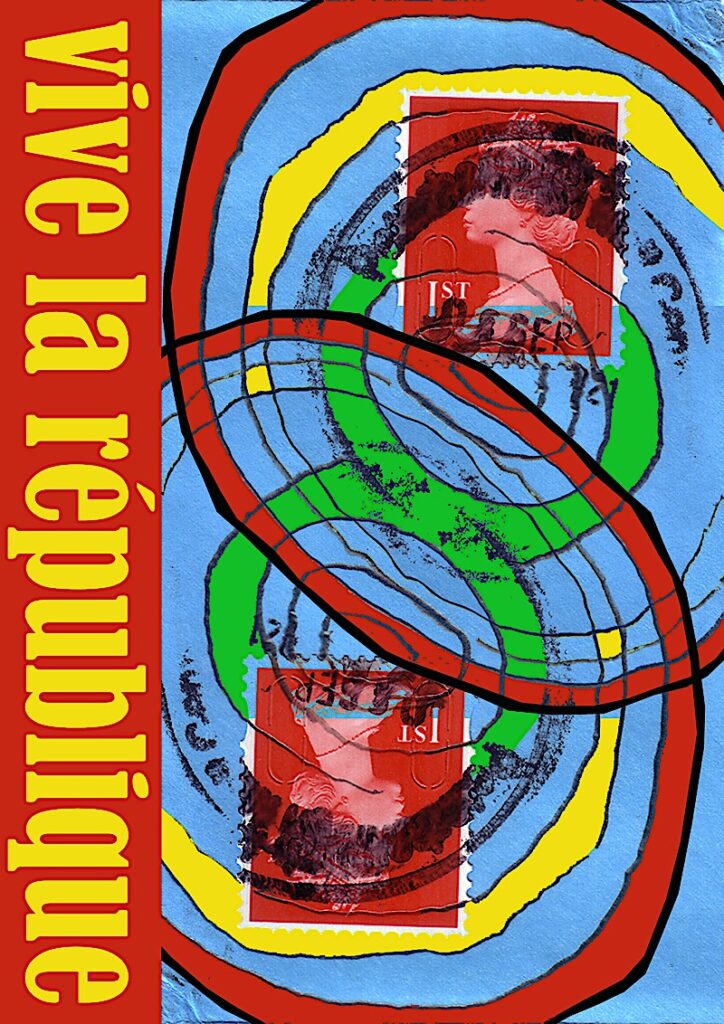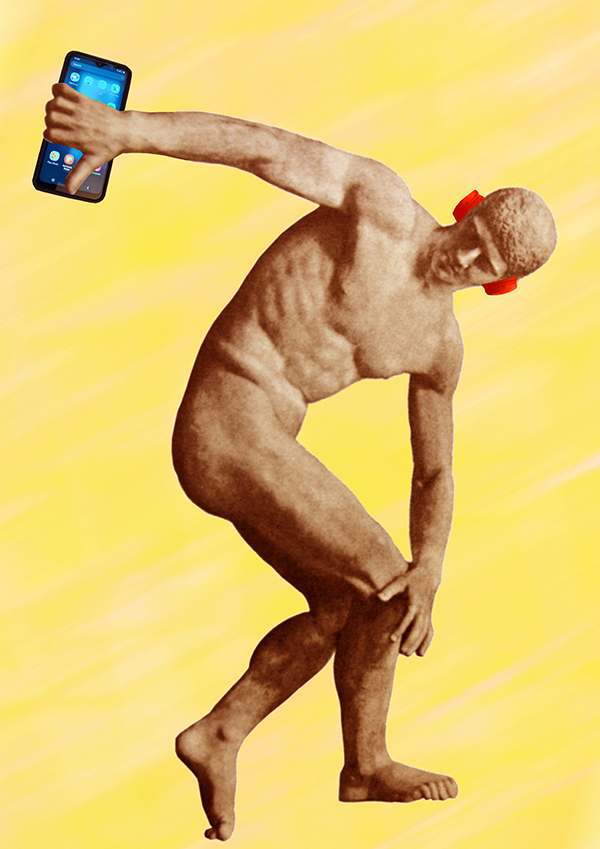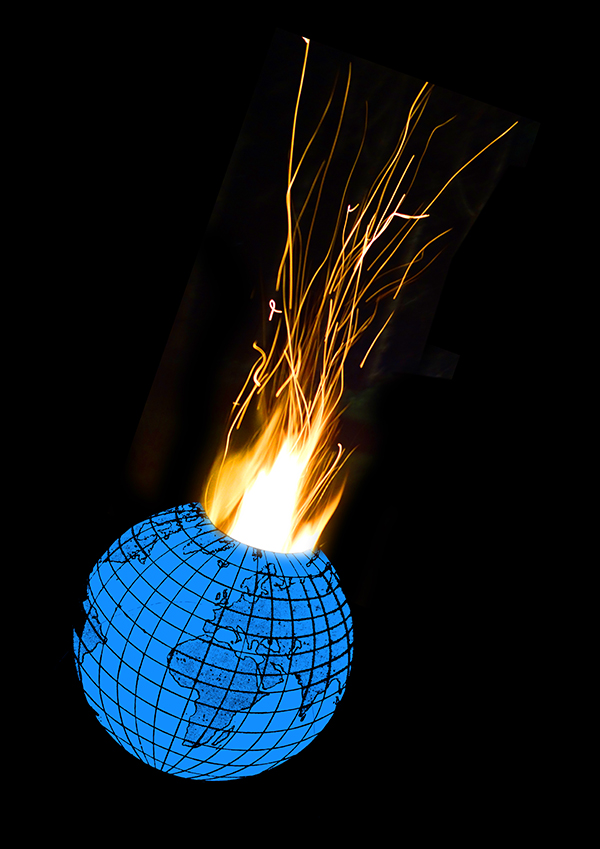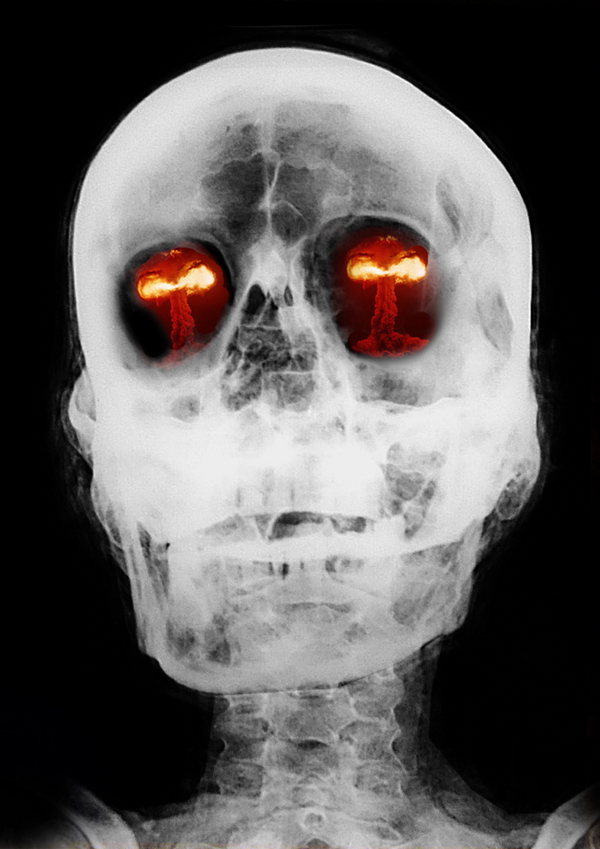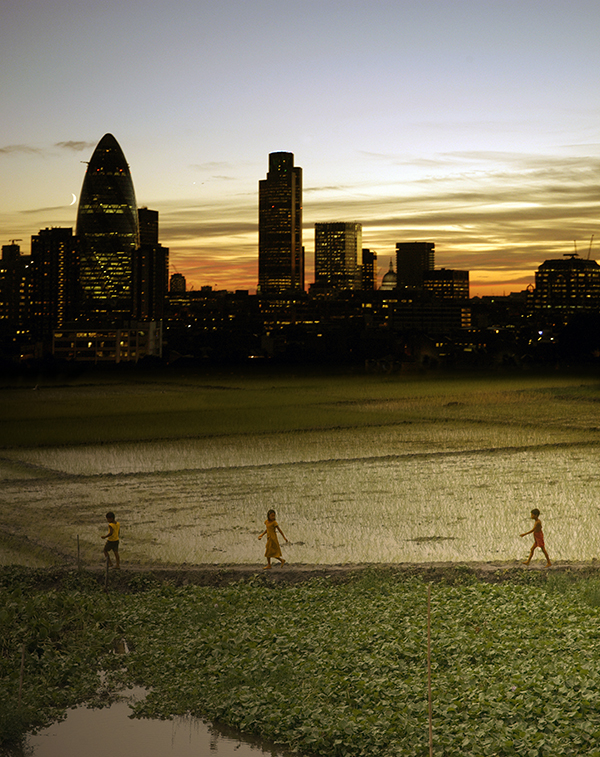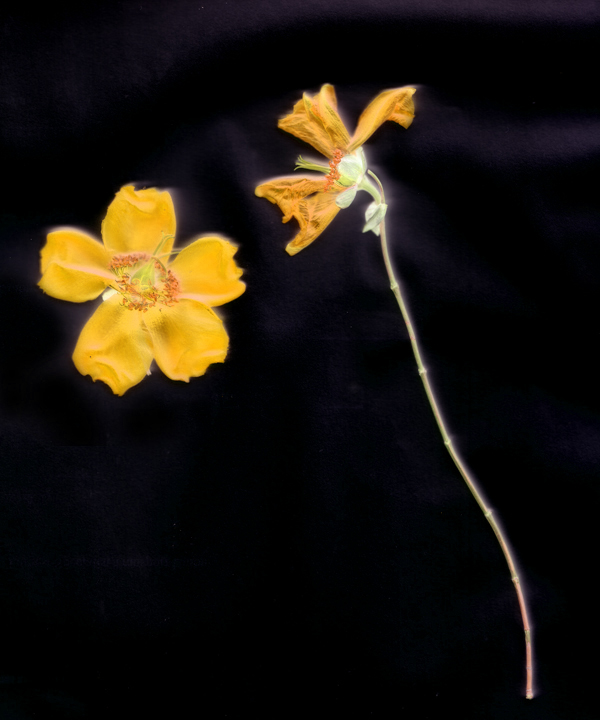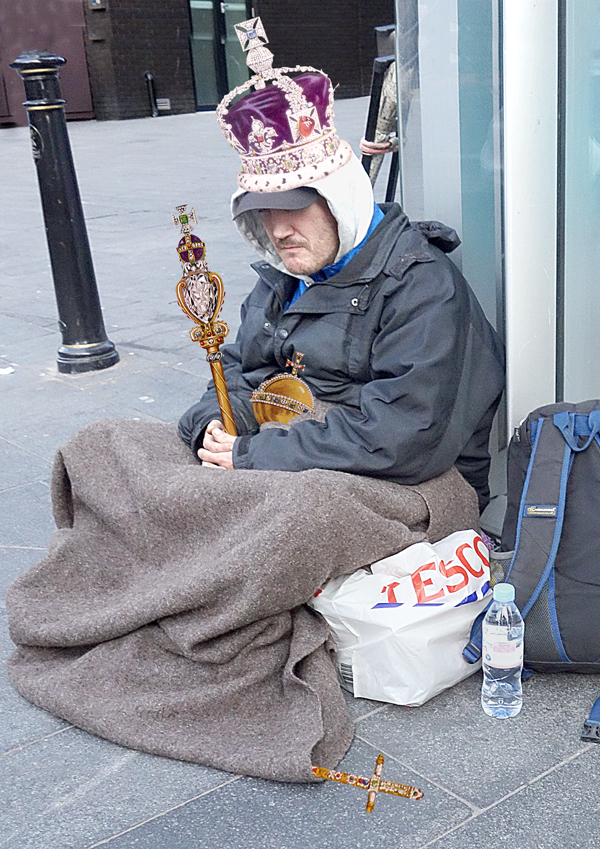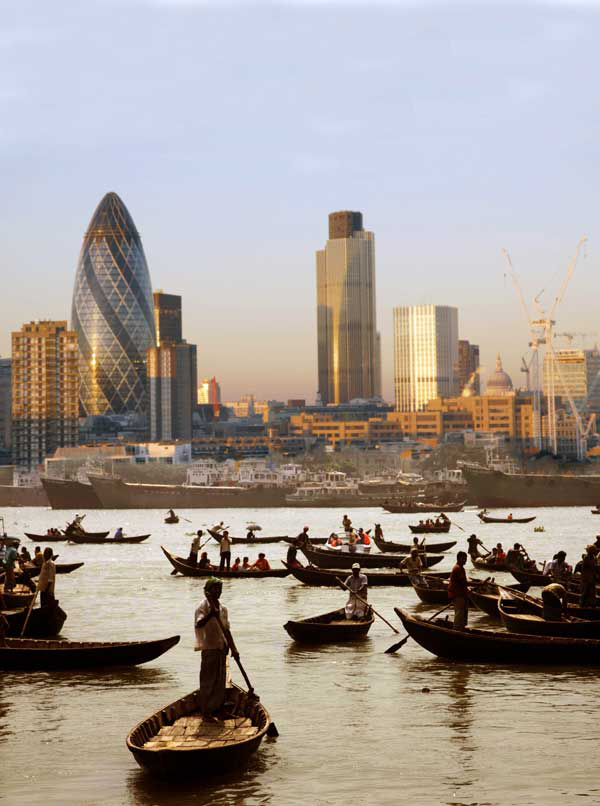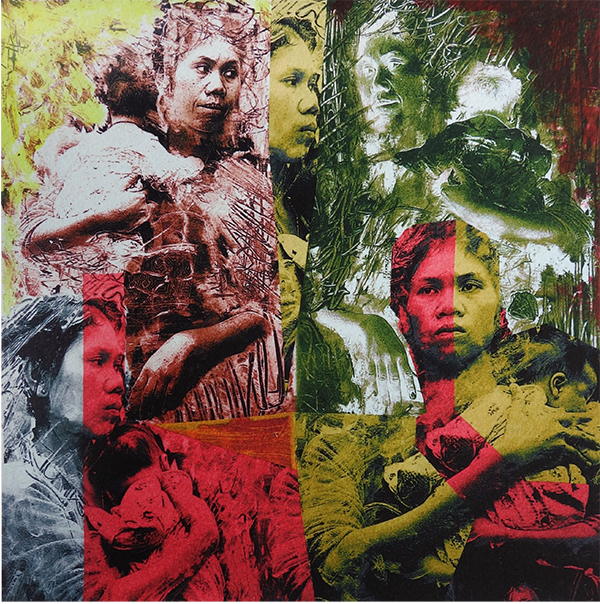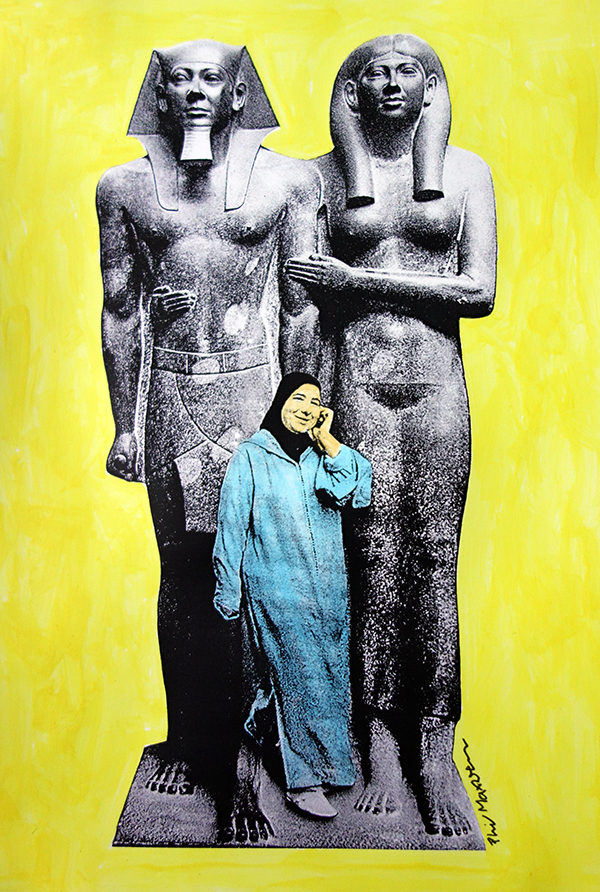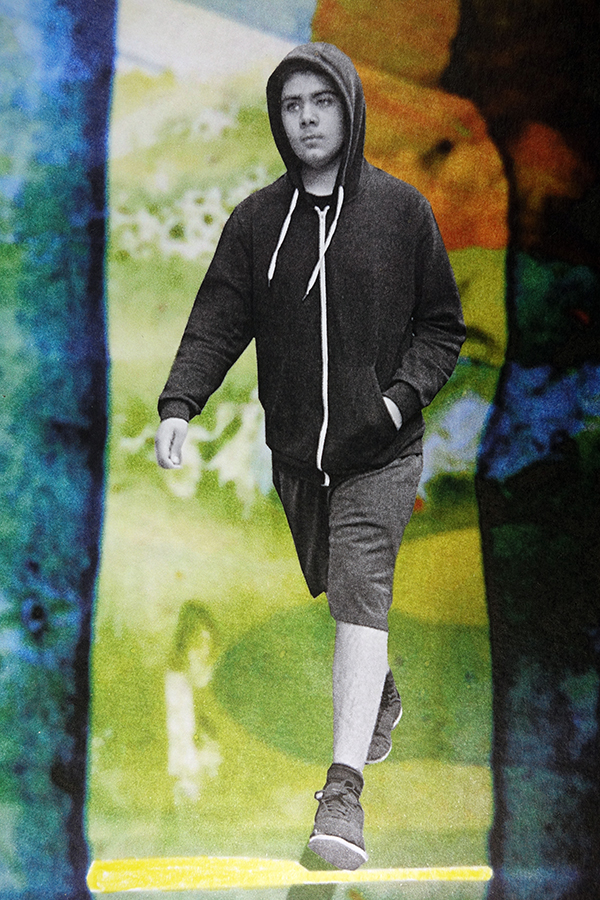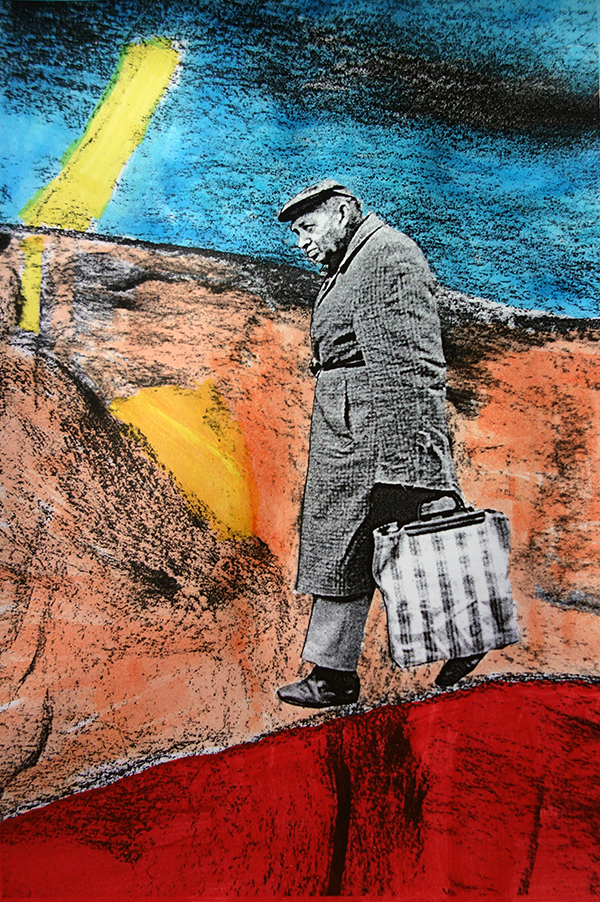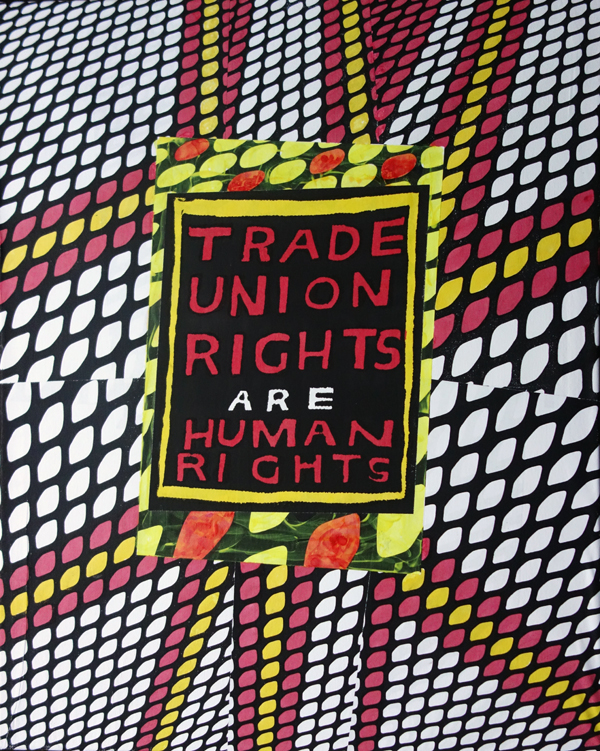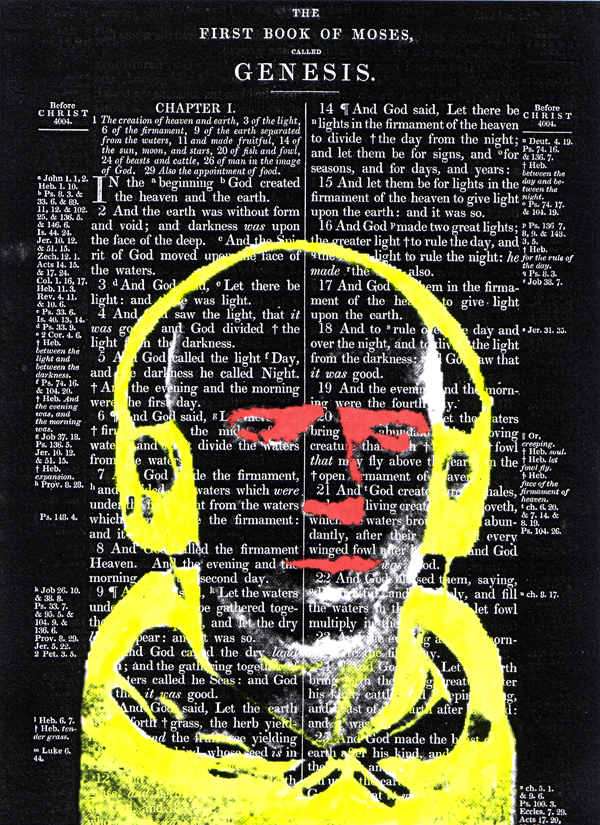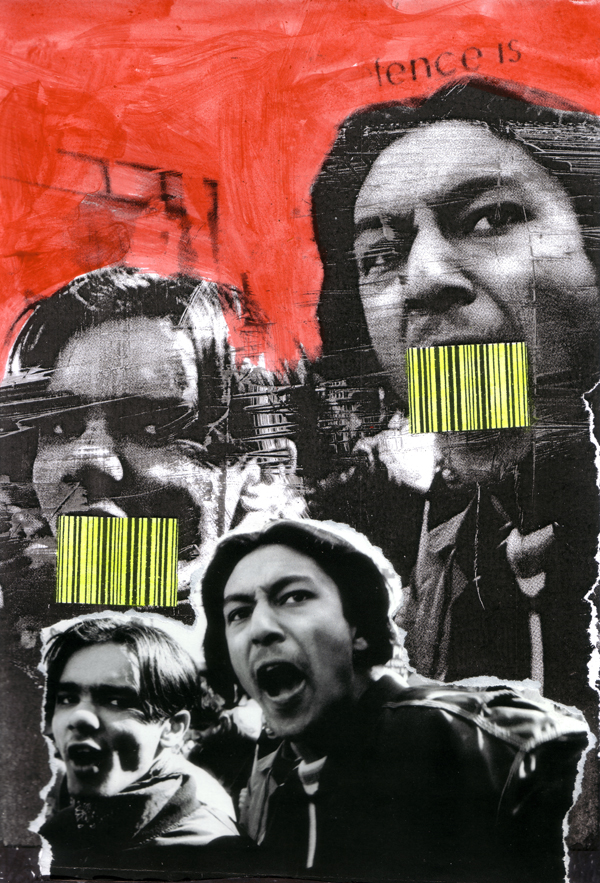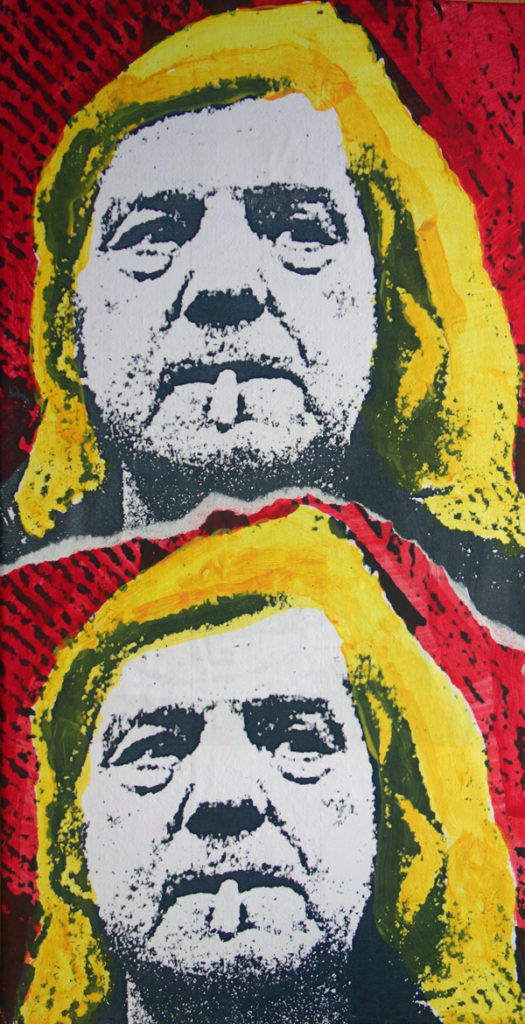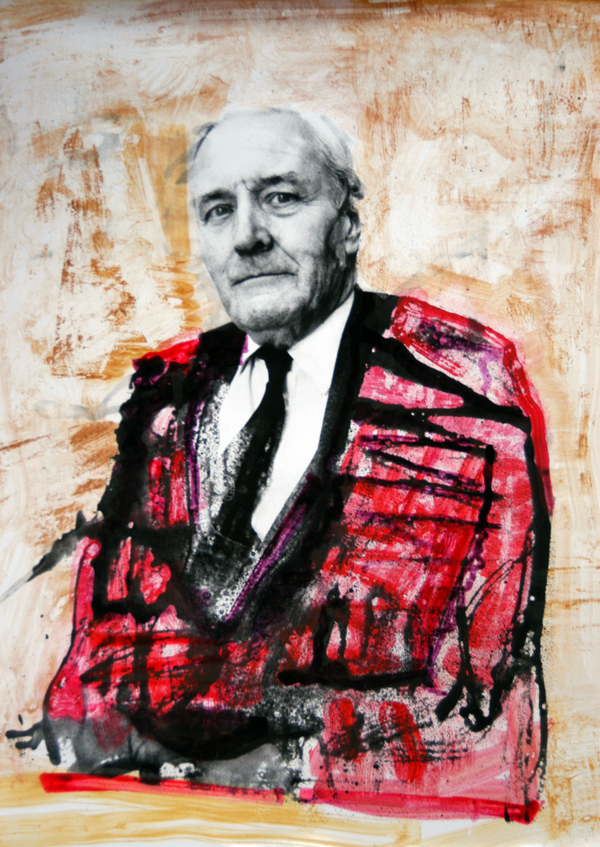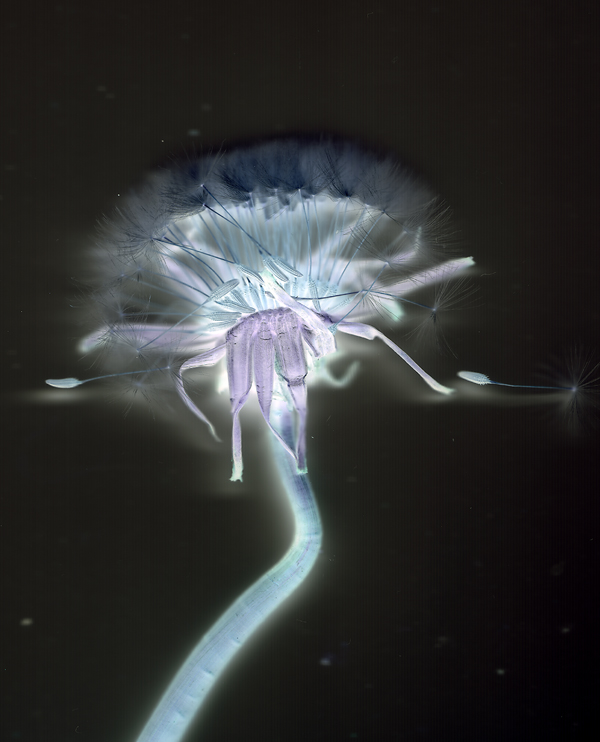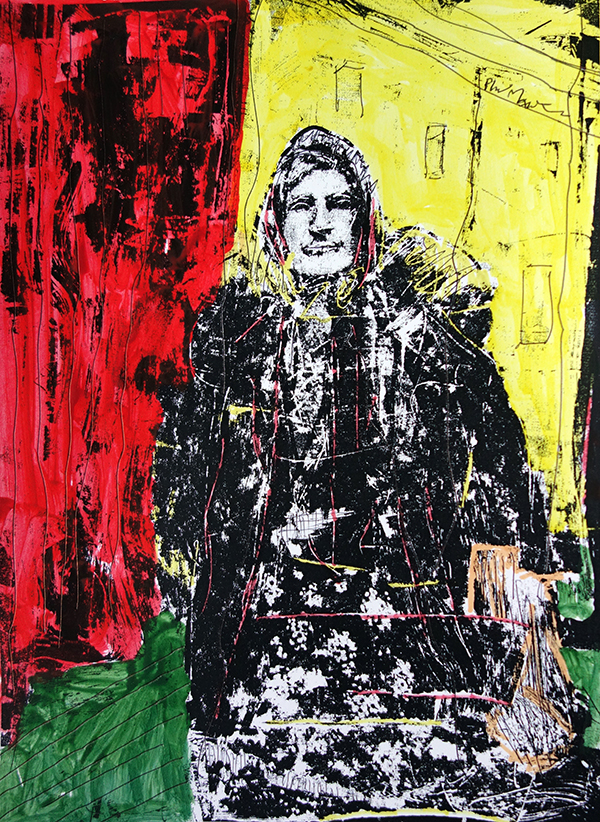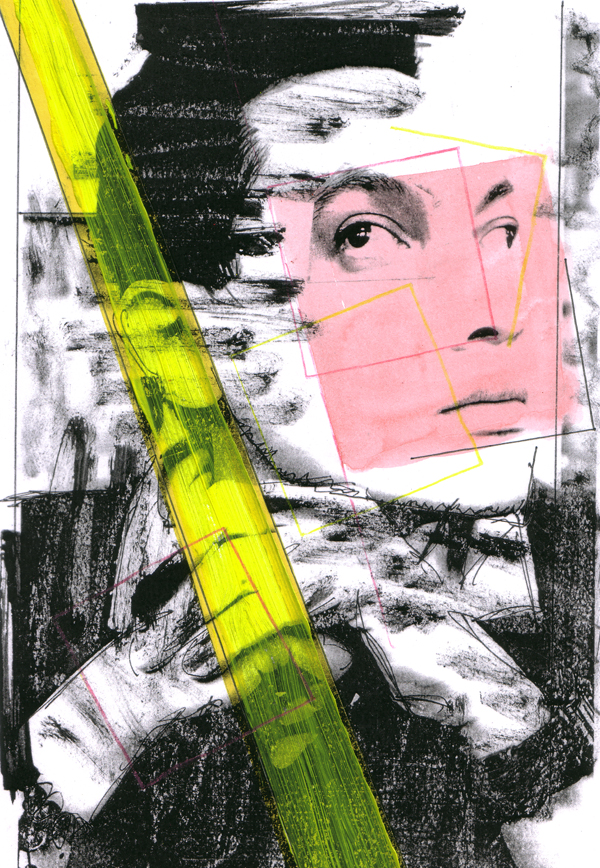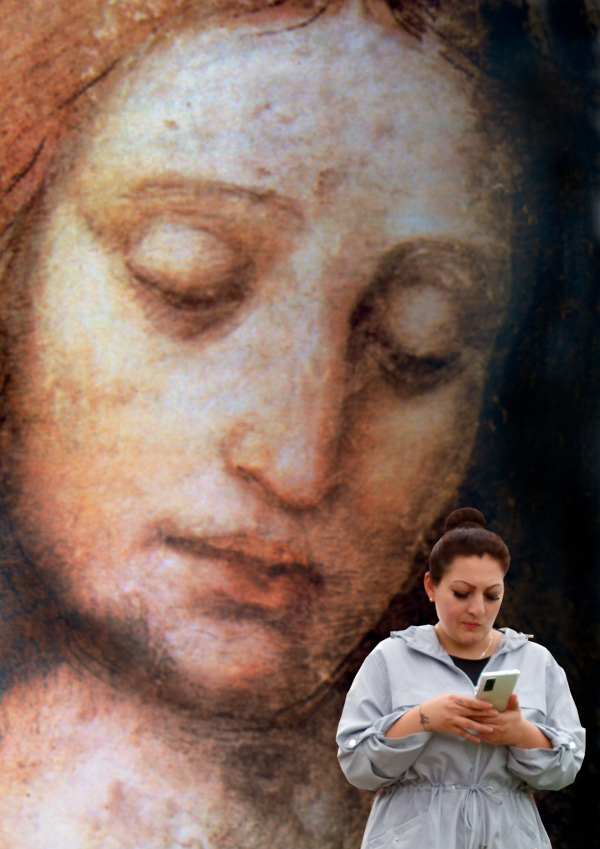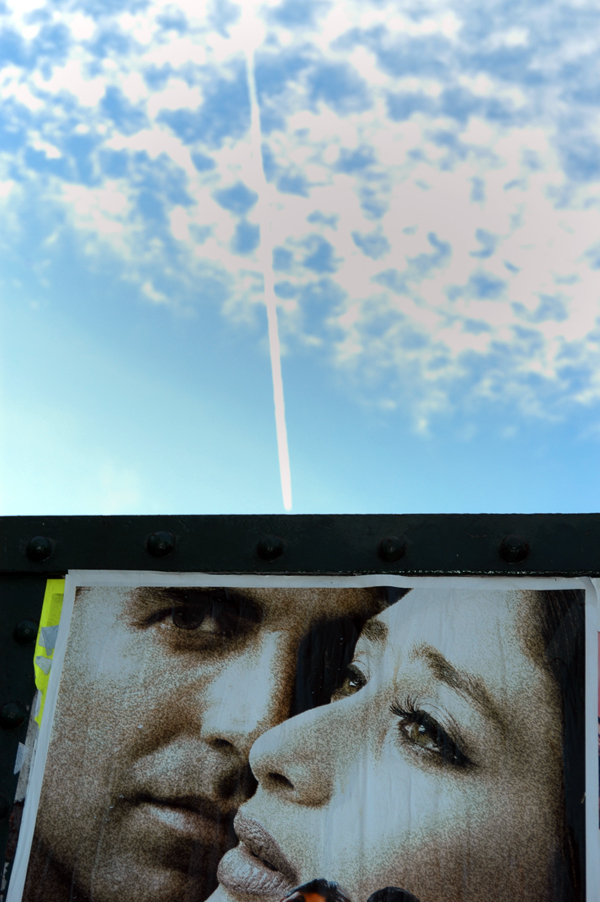World Streets (36)
Around The East End (23)
Revd Colin Oxenforth 1945 – 2024
Actor, activist, humanitarian and priest Colin Oxenforth touched the lives of many people. I had the good fortune to meet him in the 1970s when he was the vicar at St Margaret’s on Princess Avenue in Liverpool. I saw him very occasionally in church but more frequently in various gay establishments in town. On reflection I think of him as the man who provided pastoral care, humour and marvellous anecdotes to the LGBTQ+ community in the 70s – a time when homophobia was prevalent. When you met him he would ask you if you were OK and take an interest in what you were up to. Self effacing Colin never sought to be the centre of attention but he was a magnet to all kinds of people. His flamboyant, warm personality and humour drew people towards him. He loved Liverpool and was fond of repeating the hilarious conversations he had or ‘overheard’ on the bus, in the supermarket or church.
In his last parish (Christ Church with Saint John, Waterloo) his colleague Revd Gregor J Cuff described him as “an advocate for justice and inclusion” and said Colin had “a wonderful retirement ministry”. Those close to Colin knew that he would in reality never put his feet up and ‘retire’ and reluctantly gave up telling him to do so. He was always on the go, and loved to entertain people using his considerable skills as a cook and raconteur. His parties in the 70s and 80s were legendary and if he wasn’t the host he would light up any room he entered on any other occasion.
Born in Crosby he was a student at Merchant Taylors’ School before going to study theology at St Chad’s College in Durham. Having taken a keen interest in Drama at school he found plenty of opportunities to act at St Chad’s and was a leading member of the Drama Society.
As a priest in Toxteth he was held in high regard not just by his own parishoners but by the wider community. With his neighbour and friend, ward Councillor, Margaret Simey he was a fierce critic of Merseyside Police and it’s institutionalised racism.
The Toxteth riots of 1981 emerged during a recession with high unemployment and deep rooted tensions between the local population and the police. Revd Gregor J Cuff recalls how the local community protected Colin’s church and vicarage at that time and told people “This fella is on our side.”
The Merseyside police force had a particularly bad reputation in the area for stopping and searching black youths under the hated ‘sus’ laws. Chief constable Ken Oxford led a police force that regularly arrested and harassed black youth in Toxteth. His astonishing rants at the time speak volumes about the racism that permeated the police force then: “Policemen in general and detectives in particular, are not racialist, despite what many Black groups believe. … Yet they are the first to define the problem of half-castes in Liverpool. Many are the products of liaisons between black seamen and white prostitutes in Liverpool 8, the red-light district. Naturally, they do not grow up with any kind of recognisable home life. Worse still, after they have done the round of homes and institutions, they gradually realise they are nothing.” These comments infuriated Colin and I remember him on a march calling for the resignation of the Chief constable at the time.
Colin studied in Palestine in 1986 and since then has been a campaigner for Palestinian rights. He was always sending emails to people about various campaigns and he never held back from criticising his own church. When Archbishop Welby said he “would never have forgiven himself if he had not supported the Chief Rabbi’s dramatic warning about Jeremyy Corbyn’s Labour Party in the run-up to the 2019 general election”. Colin told me that many Christians were unhappy about this and saw it as part of the Church of England’s failure to challenge the suffering of Palestinians living under brutal Israeli military occupation and settler colonialism. He was equally robust in his criticism of the Church’s attitude towards LGBTQ+ rights.
In 2016 I asked Colin if he would be prepared to be interviewed for a film I was making with my partner Hazuan Hashim about Austerity. He agreed to do it without hesitation. You can see Colin’s powerful interview at the end of this blog.
Brendan G Carroll writes “I first met Colin Oxenforth in November 1976. He had just arrived in Liverpool to take over as Vicar of the Parish of St Margaret’s, on Princes Road in Toxteth. In those days, I was a music student and lived nearby.
By chance, I had heard that he happened to own a fine Steinway piano and as I needed an available piano of concert standard, on which to practise, I decided to get in touch. From our very first meeting, we bonded over our shared love of classical music and soon enough, practising on his piano became entirely incidental to our friendship. In fact, I don’t recall very much practise being done at all!
Colin already possessed a large record collection and whenever I visited him, he insisted my sitting down to listen to his latest ‘discovery’ or acquisition – along with an invitation to stay for either lunch or dinner – very often both! He was a formidable cook and as an impoverished student, I needed no persuasion to accept.
In the years that followed, we became very close friends, especially when he asked me if I would agree to become church organist at St Margaret’s. It had a fine, original 19th century Willis organ that had been silent for many years until Colin, somehow, raised the necessary funds to pay Rushworth & Dreaper to get it working again. Every Sunday therafter, I would preside at this beautiful old instrument for the morning services, and every Sunday I was inevitably invited to stay for lunch – a lunch that usually lasted until well into the evening.
It must have been around this time that he persuaded me to join the Liverpool Opera Circle, a society of very elderly music lovers (average age 80!) led by the redoubtable Miss Marjorie Hill, who had been its co-founder in 1935!
It met each month at the Royal Institution on Colquitt St and Colin and I were so much younger than the other members, we were referred to as ‘the boys’. The Opera Circle presented a regular programme of lectures about opera and inevitably, we were invited to give talks to this venerable group. On one memorable evening, we gave a talk together. Our chosen subject was to be an account of the great singers of early 20th century Vienna, to be fully illustrated with rare recordings from Colin’s collection – and a slide show of unique photos.
It was on this occasion that I discovered Colin’s penchant for impersonating famous old opera singers in full ‘drag’ and singing arias in falsetto, something he had been doing very successfully at parties ever since his teenage years.
He decided that we would play a trick on the sweet old ladies and gents of the Liverpool Opera Circle by inventing an entirely fictitious singer for the lecture, and I came up with her name: Madame Wilhelmina von Scheistermeyer who (we decided) had been an early star of the Bayreuth Festival and much married.
As part of the lecture, we had devised a slide show of rare photos of important singers accompanied by equally rare recordings. 99% were genuine, but right at the end, a sepia-toned photo of Mme von Scheistermeyer (in fact, Colin in full regalia) flashed on the screen while we played a cleverly produced, very scratchy, fake 78rpm shellac disc recording of Colin singing an aria by Handel in falsetto, accompanied (deliberately, very badly) by me on his piano.
We presented this as a unique recording from 1907 and the only known copy. The elderly audience, rapt with attention, accepted it all without question.
Afterwards there was a dinner in our honour and Colin could not resist revealing the ruse when we reached the coffee & liqueuers. After revealing our innocent deception to the guests, one of the sprightlier members said:
‘Well I’m not really surprised. When you showed the slide, I said to my husband ‘You know, there’s something very odd about that woman’s bust’!
Colin and I dined out on this story for decades!
I could fill many pages with memories of dear Colin. Our trips together to Germany to see opera, and so many visits to London’s Royal Opera House, Covent Garden in the days when it was still possible to go to London and back in a day and even see an evening performance!
We would arrive late morning, visit all of the record shops, have a late lunch somewhere and finally see an opera in the evening, before catching the midnight train home, with Colin laden with carrier bags of new LPs that he had bought!
So many laughs, so much music, so many delicious meals, but above all, so much loving support to me that I can never forget, something he extended to all of his many friends and indeed to everyone he encountered.
While opera was his passion (and he was an absolute expert in the field) he was, first and foremost, a committed Christian and a much loved Minister in all of the parishes he served.
Much is written these days about ‘Christian values’ and ‘Christian ethics’ but I am not sure most people understand either, though many claim to practise them.
However, if anyone ever asked me what it means to be a Christian, I have always pointed to Colin Oxenforth. If anyone embodied a Christian life, well lived, it was him.
He was one of the most thoroughly good people that I have ever known. His humour, his uproarious & infectious laugh and above all, his immense kindness made him a cherished friend, whose loss leaves a void in my life that cannot be filled.
How I miss his daily phone calls, his emails, and inevitably, those weekly invitations to lunch.
Thank you for the music, the food and all the laughs, dear Colin. I will never forget you.
Anne San writes “Unfortunately, I had never met Colin before his last admission to Aintree Hospital but was more than happy to help and see him and give support to him and his friends in whatever way I could. I have been a nurse most of my adult life and am usually the go to person for a lot of people and always will try to help in any way I can.
The first time I called to see Colin he was bright and wide awake. I had been to the national Palestinian march in London and also the Liverpool march and rally for Palestine so I had lots of photos to show him and was able to tell him of the events that previous weekend I knew he was a supporter of the Palestinian cause and so we were able to have a good discussion on the current unfolding events. He was keen to know how the support was going and the size of the demos. We also learnt we both had mutual friends in Waterloo, small world, eh ?
The nurses that attended to Colin when I was there remarked that ‘you would never know he was there as he never asked for anything’ . I realised he was reluctant to tell them about his pain and didn’t want to bother the nurses as he said they worked very hard, and he was very grateful to them. He did agree to tell them when he was in pain …. not sure if he did though?
Even during his own serious illness his concern was for those looking after him and not for himself. I was able to witness the genuine kindness from Colin and the concern of the staff who looked after him. I will always remember us saying goodbye as we both said Ceasefire Now ! as I left the ward.
I wasn’t privy to knowing Colin long, but my own lasting impression was of a gentle, well-educated man, full of compassion for his fellow human beings and who wasn’t afraid to speak out when injustices were committed. When he did speak of his diagnosis his response was simple and humbling “I’m in Gods hands now”.
Colin, I wish I’d met you sooner, cos I would have known you longer. Rest in Peace my newest friend”.

Justice For The Miners!
The Orgreave Truth and Justice Campaign includes ex-miners, Trades Unionists, activists and others who are determined to get justice for miners who were victims of police lies and cover ups at Orgreave in June 1984. Most of these photographs were taken during the time of the Miner’s strike.
Orgreave Coking Plant, now demolished, stood on the outskirts of Sheffield, just 8 miles from Hillsborough Stadium , scene of the Hillsborough disaster on 15th April 1989, in which 96 Liverpool supporters were, as the jury at the recent inquests determined, unlawfully killed. The plant supplied coke to the power station at Scunthorpe some 20 miles away.
On that day, 95 miners were arrested when thousands of police officers from across the country brutally assaulted miners striking to defend jobs and mining communities. At subsequent court cases the evidence presented by South Yorkshire Police was heavily discredited and 39 miners were later awarded out of court settlements.
Yet no police officers, some of whom were told not to write anything in their note books on June 18 were ever charged of any offence despite conclusive evidence of assault, perjury, preventing the course of justice and misconduct in public office. Five years later at Hillsborough, history repeated itself when police officers were also instructed not to write anything in their note books. Some of the same senior officers were involved in the aftermath of both scandals.
Striking miner John Dunn (below) told me how he was hit by a police truncheon, thrown onto the floor of a police van and denied medical attention to a wound on his head for hours. Subsequently he was found guilty of trumped up charges in court. All of the miners who were beaten and arrested at Orgreave are still waiting for justice. 2024 marks the 40th anniversary of the miners strike.
To book a free studio and gallery visit to see Phil Maxwell’s work leave your contact details on the comment section below and we will be in touch.
Night
To book a free studio and gallery visit to see Phil Maxwell’s work leave your contact details on the comment section below and we will be in touch.
East End Markets
To book a free studio and gallery visit to see Phil Maxwell’s work leave your contact details on the comment section below and we will be in touch.



